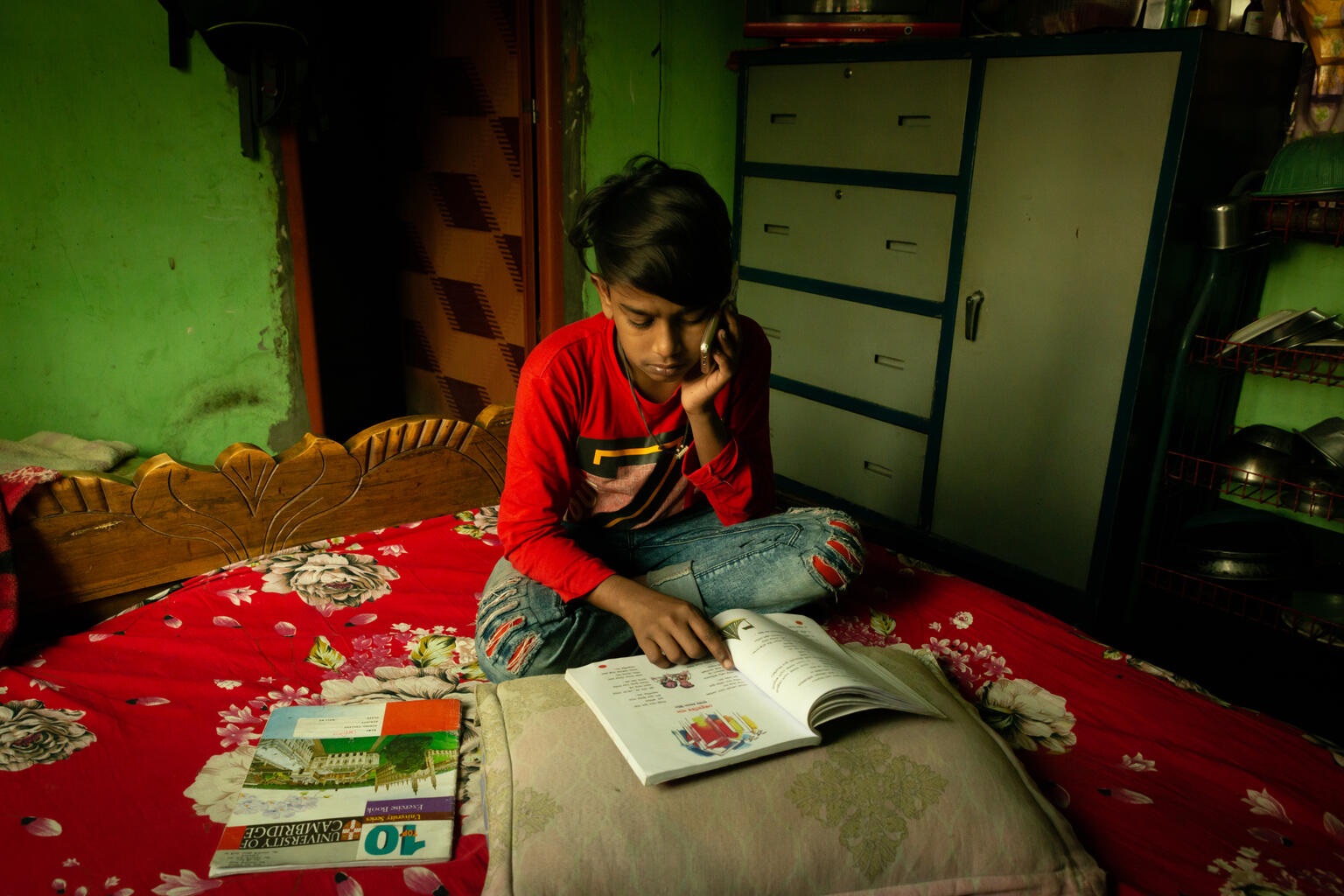
Child Helpline International has released a set of factsheets on COVID-19’s impact on calls to child helplines across the world. In 2020, calls to child helplines soared by nearly 25 per cent, from 1,562,590 in 2019 to 1,949,887 in 2020.
When exploring by region, the data showed more variation. Though Africa saw a 95 per cent increase in calls to child helplines, for example, the Americas and Caribbean saw a slight decrease. However, a decrease in calls does not necessarily mean violence decreased – in fact, it may illustrate children’s decreasing access to safe, secure services to report violence.
Data collected and analysed by Child Helpline.
Studies suggest that up to 85 million more children may be exposed to physical, sexual and emotional violence as a result of COVID-19. Movement restrictions, loss of income, isolation, and high levels of stress and anxiety increased the likelihood that children experienced and observed physical, psychological and sexual abuse at home. This situation was aggravated by children’s lack of access to classmates, teachers, social workers and the safe spaces and services that schools provide.
In 2019, violence and mental health were the main reasons for calls to child helplines. In 2020, these reasons largely remained the same, though children also increasingly called to obtain information about COVID-19, receive support on family relationships, and address concerns about their physical health.
Explore the factsheets in English, French and Spanish.
Photo: UNICEF/UN0393288/Satu